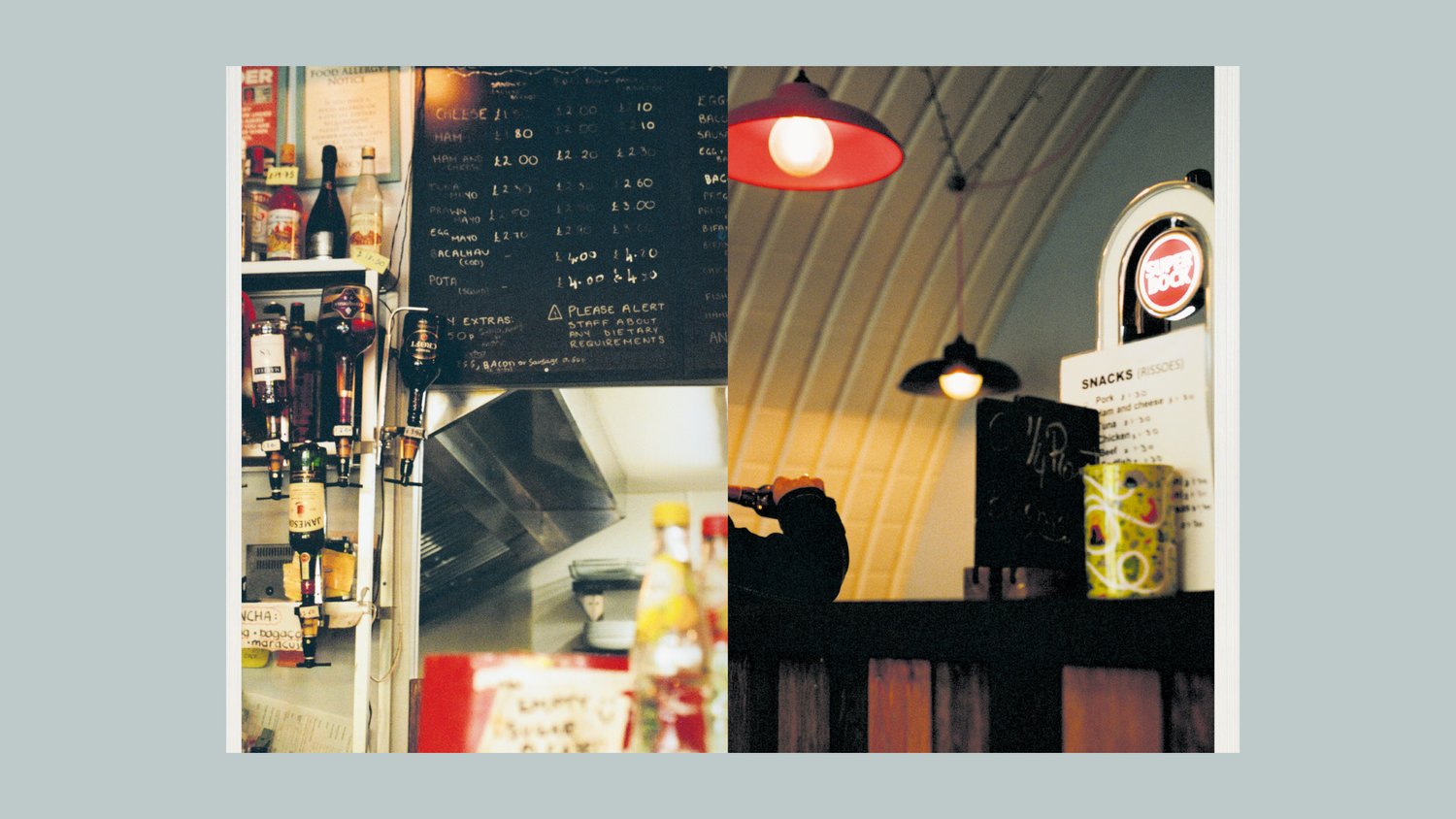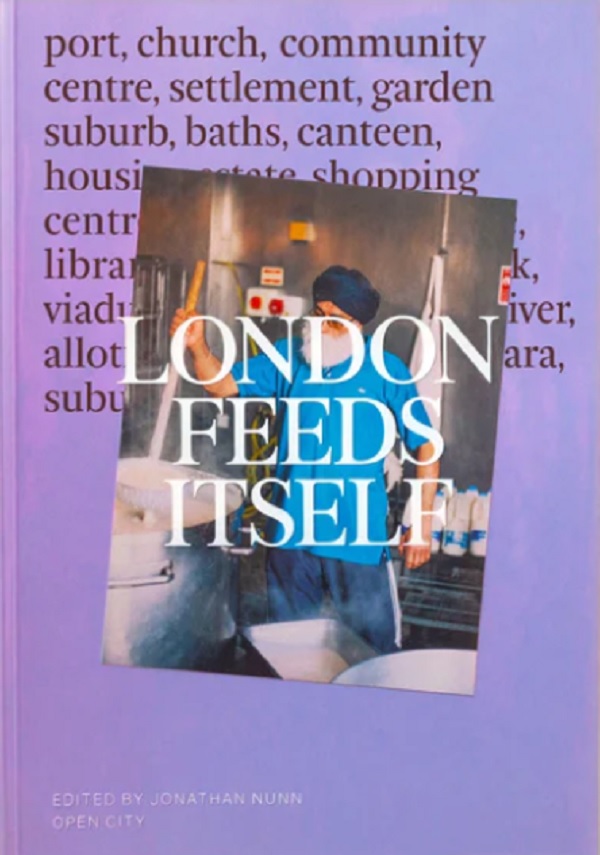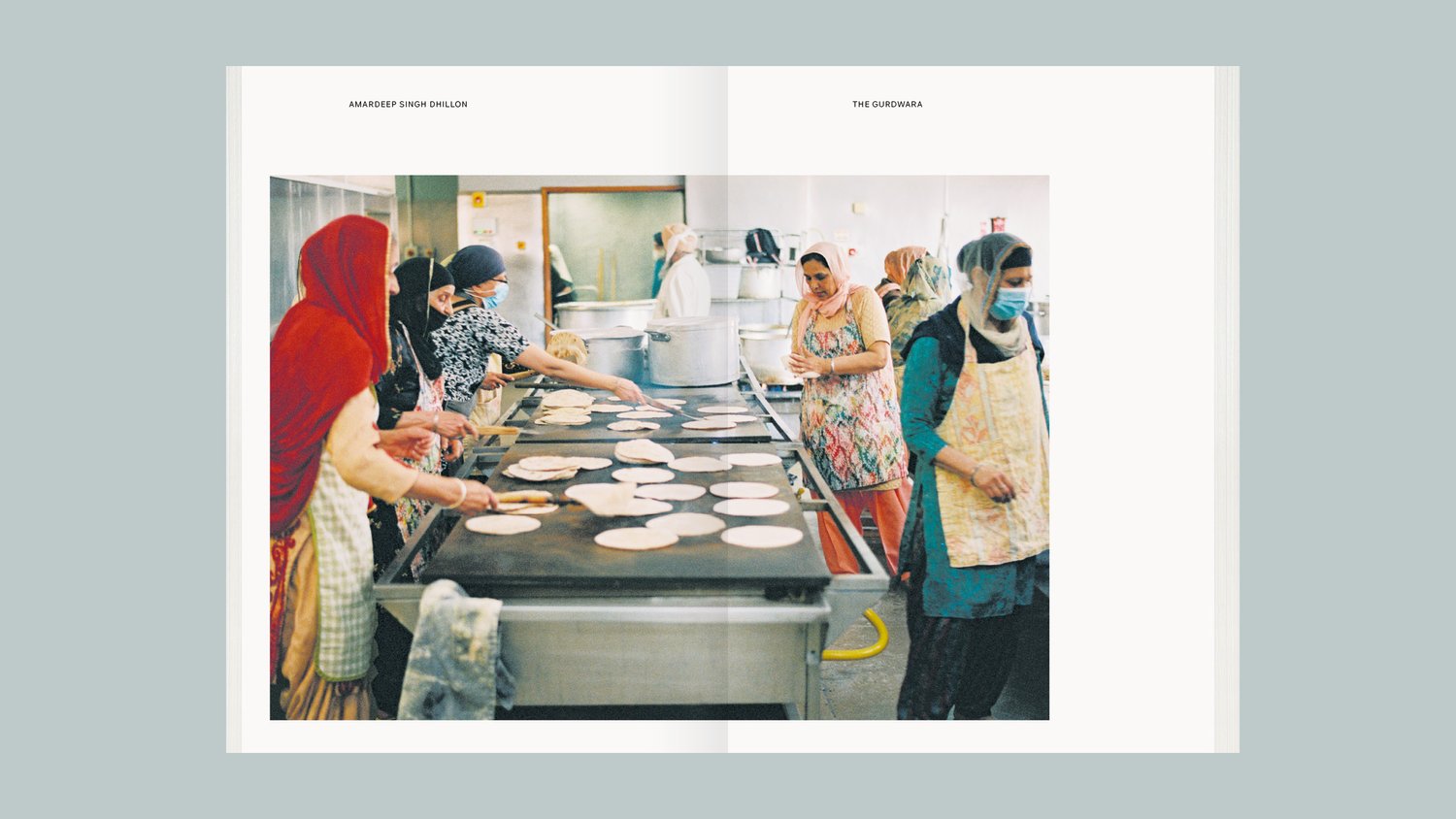Post
BOOK REVIEW | London Feeds Itself
25 Jan 2023
London Feeds Itself
edited by Jonathan Nunn (published by Open City)
Reviewed by Rose Marshall
At the last count, London had 69 Michelin-starred restaurants. From Michael Roux Jr’s temple to French cuisine at La Gavroche to Raj-era inspired feasts at Gymkhana, if you’re hungry and have deep pockets, you’ll be well fed here.
But fine dining represents only the smallest slice of the capital’s food culture. Even without the cost-of-living crisis, for the vast majority of Londoners, it’s takeaway joints, community hubs and caffs (not cafés) that nourish us.
Enter, ‘London Feeds Itself’. Edited by Jonathan Nunn and published by Open City, this collection of essays is a celebration of the capital’s real food scene. Over the course of 25 chapters, writers explore different spaces across the city and different aspects of its food culture, with Nunn sharing culinary recommendations on each theme. The built environment and food intersect in churches, gardens, warehouses, parks and libraries – wherever life happens and people come together.
Perspectives come from writers, architects, activists, creatives and politicians, offering their own – often very personal – stories about food and community in these structures and spaces. They tell a tale of London’s evolution through a domestic lens, where communities have always adapted to development, displacement and austerity.
Melek Erdal shares memories of Turkish and Kurdish warehouses in Clapton and Stoke Newington, where families congregated to eat the food they knew and loved from home. Many of these buildings have since been renovated into flats or shops, but their legacy lives on – many of the cooks in those ‘people’s kitchens’ are those who set up popular restaurants still going strong in the area (read: Istanbul, Mangals 1 and 2, Pide).
There are places that every Londoner will recognise (for me, the various branches of PFC from Whitechapel to Bow), but also those that you might not. Stephen Buranyi mourns London’s dwindling bathing culture, not only as an opportunity for people to cleanse and relax, but also eat. He asserts that the best bathhouses have canteens attached, dishing up hearty fare to warm you from the inside out. Visit New Docklands Steam Baths in Canning Town or the Finnish Baths in Rotherhithe for the full invigorative experience.
Essays are inevitably tinged with nostalgia as writers reflect on formative moments and places that shaped them. There is a collective sense of pining for a London that no longer exists, where regeneration and gentrification have altered both the city and its people. But it is also hopeful – showing how resilient and resourceful our communities are to adapt, thrive, and make this city the beautiful chaos we all know it to be.
In ‘London Feeds Itself’, Jonathan Nunn redefines what it is to be a London ‘foodie’. It’s not enough to read reviews of the latest openings and fawn over yet another seasonal-small-plates-and-natural-wine restaurant. To be a proper foodie is to celebrate the everyday market stalls, chicken shops and shopping centres; often hidden in plain sight but focal points for their communities. Nunn’s encyclopaedic knowledge of the best local spots is a result of boundless curiosity and a clear affection for this city. It’s infectious and inspiring – a call for readers to embrace London’s real food culture, and in doing so, embrace its people too.
Rose Marshall is Associate Director at ING Media


